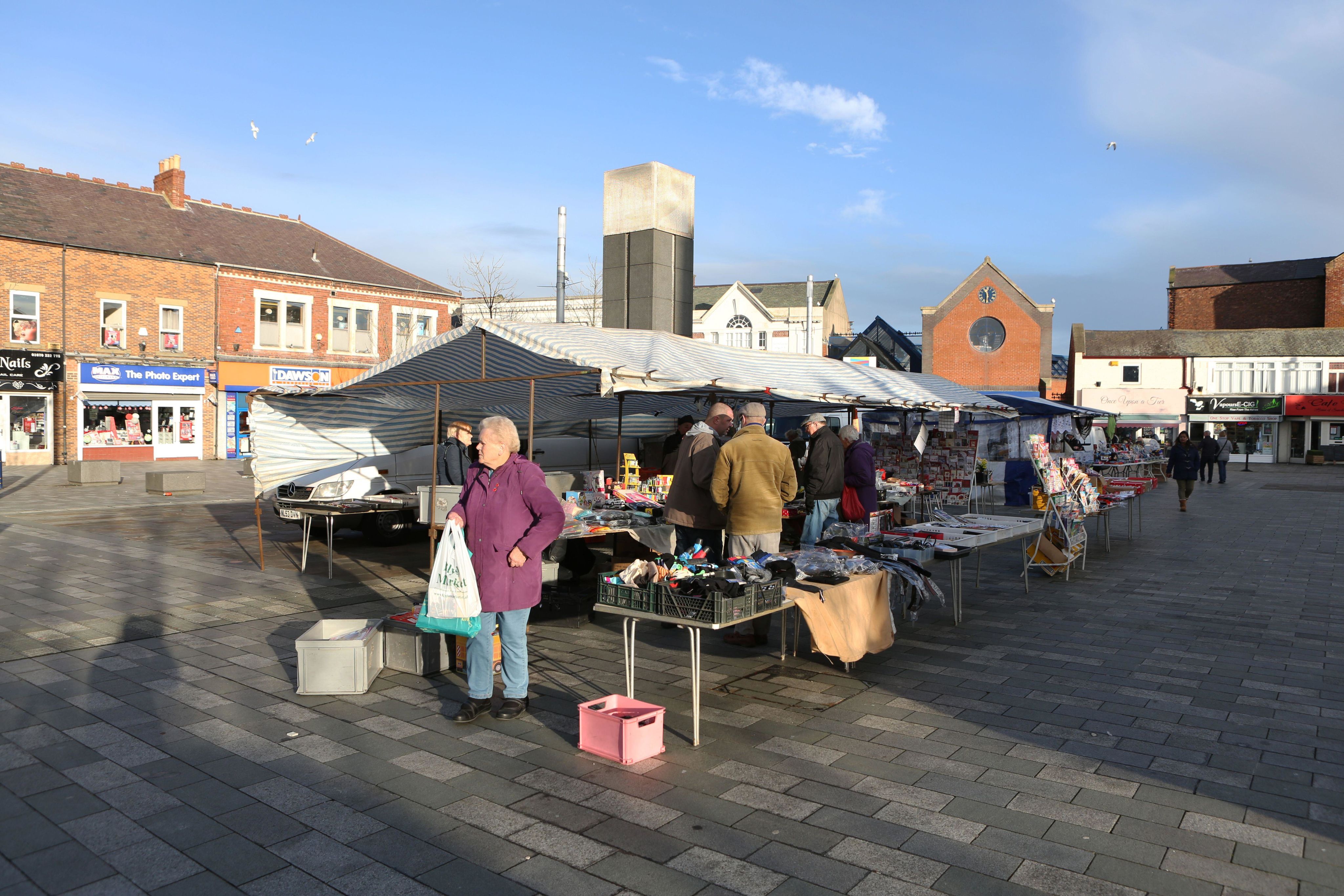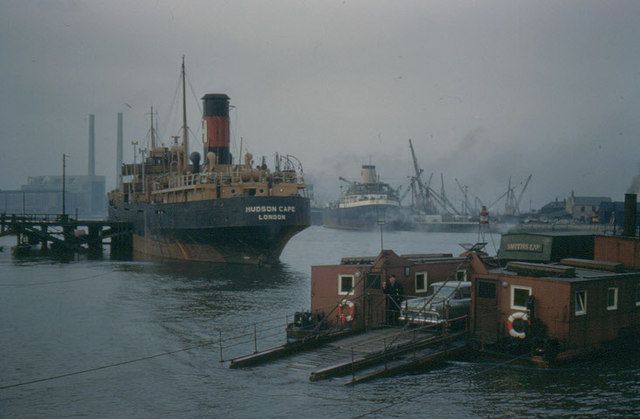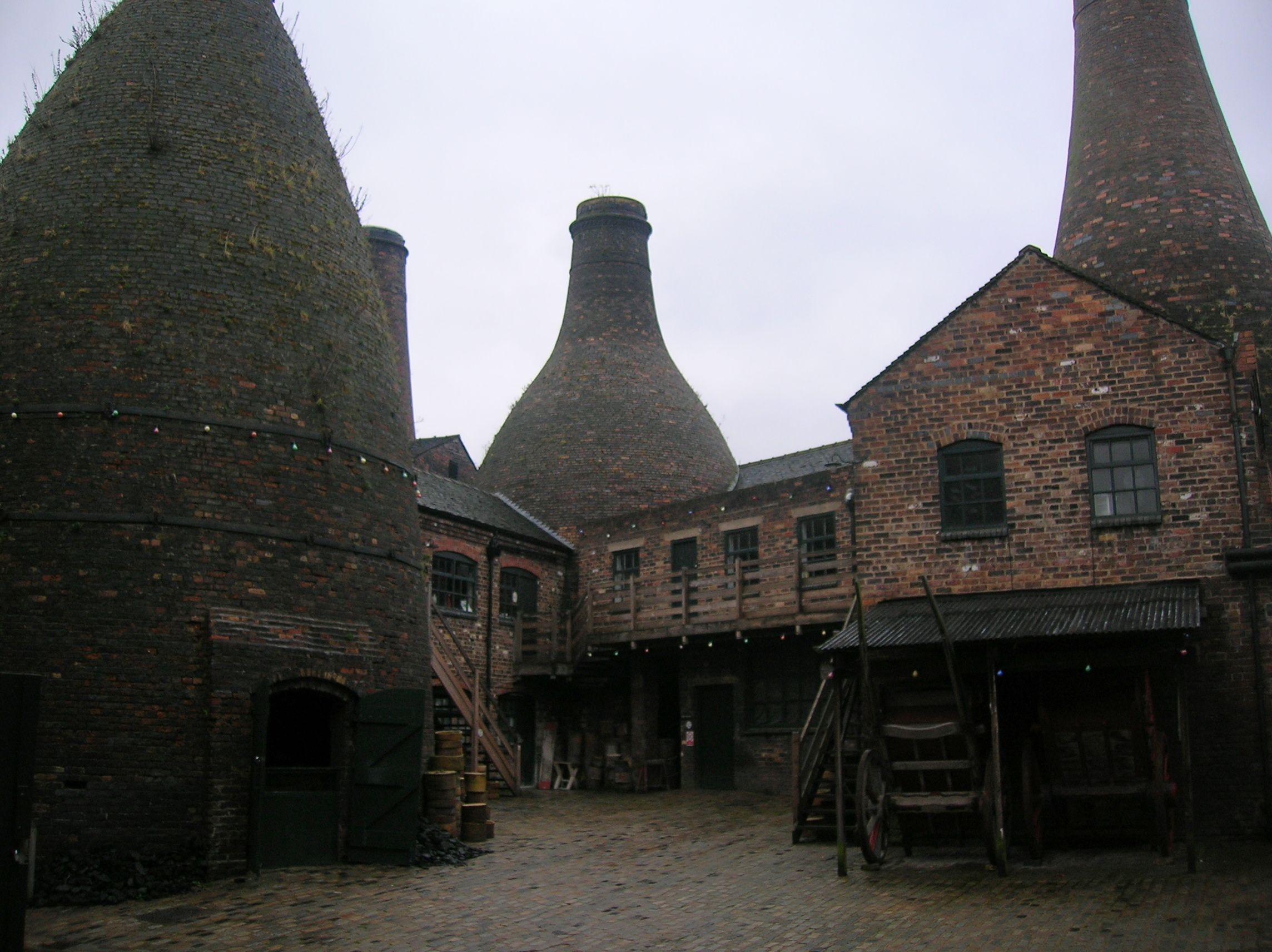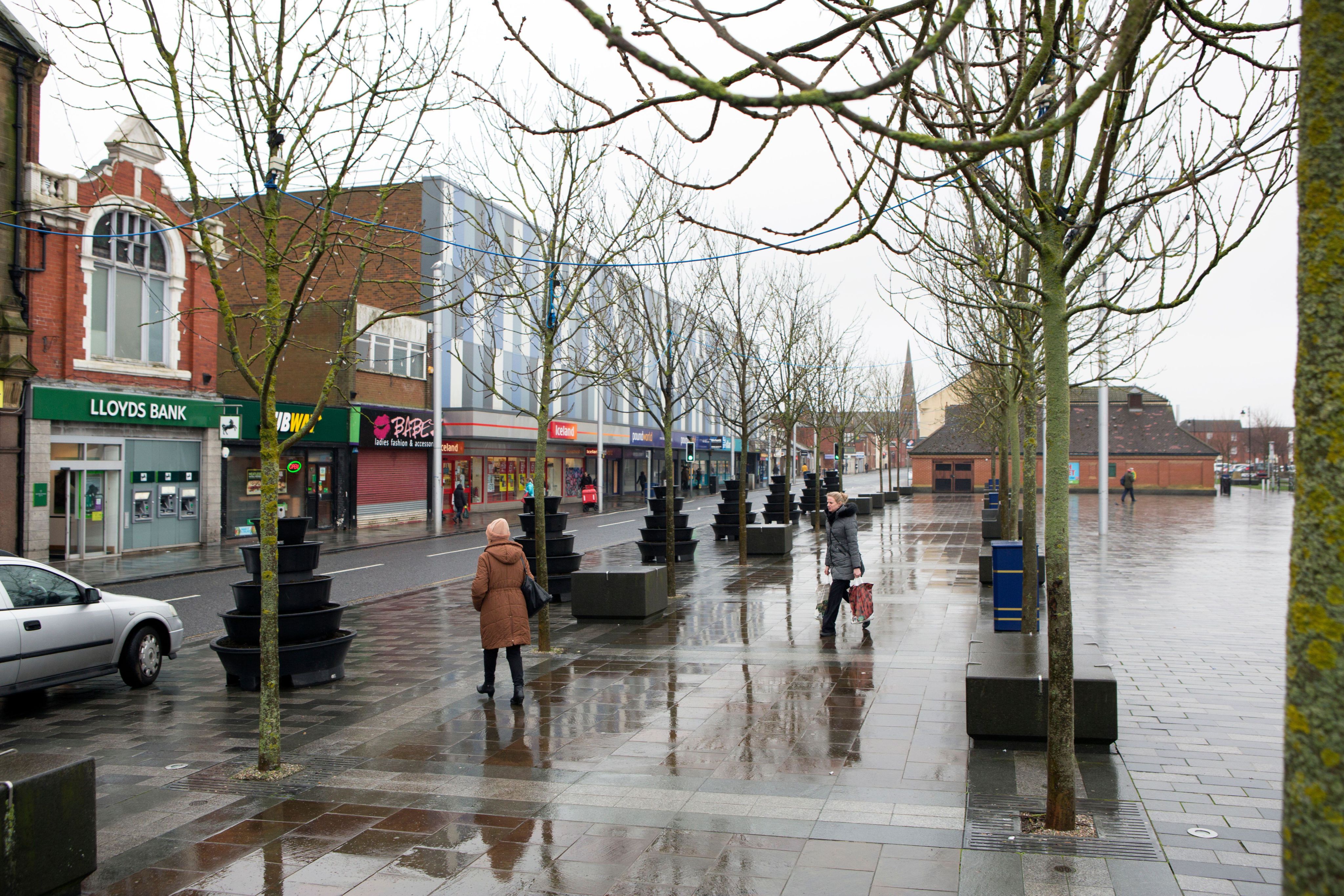Could the fall of the Red Wall have been predicted?
Should Labour have foreseen the crumbling of its Red Wall? Daniel Hordon investigates why it could have been predicted.

Blyth Valley, along with swathes of other Red Wall constituencies, is steeped in an industrial past.
The Port of Blyth was once the largest coal exporting port in Europe, sending 6 million tonnes overseas each year at its peak in the early 1960s. Shipbuilding and mining defined the area. With Labour traditionally being the party of the working classes, trade unions and industry, it was clear why Blyth Valley largely voted Red - at least until 2019.
There’s a similar story to be told in many other Red Wall seats. Stoke-on-Trent for example, once the home of the pottery industry, was a Labour held seat since its creation in 1950 but was won by the Conservatives for the first time in 2019.
But as these traditional industries disappeared Blyth was ripped of its heart. A lost cause, it went into decline. Despite investment to revitalise it, a stroll down the high street today isn’t an exciting experience. Apart from one of the most eclectic Wetherspoons you’ll ever visit - set in an old cinema, charity shops, discount stores and bank branches make up the majority of the high street.

The Blyth Chain Ferry, circa 1960. Credit: Frederick W Craven, CC BY-SA 2.0 <https://creativecommons.org/licenses/by-sa/2.0>, via Wikimedia Commons
The Blyth Chain Ferry, circa 1960. Credit: Frederick W Craven, CC BY-SA 2.0 <https://creativecommons.org/licenses/by-sa/2.0>, via Wikimedia Commons

Gladstone Pottery Museum, Stoke-on-Trent. Credit: NotFromUtrecht, CC BY-SA 3.0 <https://creativecommons.org/licenses/by-sa/3.0>, via Wikimedia Commons
Gladstone Pottery Museum, Stoke-on-Trent. Credit: NotFromUtrecht, CC BY-SA 3.0 <https://creativecommons.org/licenses/by-sa/3.0>, via Wikimedia Commons
When I spoke to Michael, a retired debt recovery agent from Blyth, back in April he told me how he voted Labour in 2019 after years of not voting at all as he feared Blyth Valley was “in danger” of going to the Conservatives due to “the state the Labour party was in”. I was intrigued by this. Why did he fear Blyth would turn blue? Had this voter from Blyth picked up on something that party bosses, journalists and analysts hadn’t at the time, I wondered.
Michael still had an affinity to Labour and wanted it to keep a hold of Blyth Valley, but many other voters had lost that connection and no longer voted Labour just because they always had done.
One Labour party insider told me: “The reason these seats were Labour in the first place going back 100 years is because of the culture of ‘Labourism’. These constituencies were single or two industry towns which had high concentrations of well organised trade unions and the infrastructure that went with them, which created the industrial militancy and class consciousness that effectively generated Labour voters.
“That simply doesn’t exist anymore.”
Pre-2019, The Red Wall was effectively voting Labour because it always had. Steve Rayson, a researcher and author of The Fall of the Red Wall told me: “There were long term structural and demographic changes over the last 20 years which shifted these seats towards the Tories. When you look at the seats demographically the real question is why they were not won by the Conservatives earlier. My reasoning is partly a strongly held taboo about voting Tory in these areas.”
“The umbilical cord that connected these areas to the Labour party has now been broken”, Seb Payne, Whitehall Editor of the Financial Times and author of Broken Heartlands, says.
While these areas had changed drastically socially and economically, physically they had hardly changed at all. Across my interviews with first-time Blyth Valley Tory voters, the issue of the area being left behind came up as often as dislike of Corbyn did.
“Blyth Valley was becoming stagnant and left behind.” says Gillian from Cramlington, a locality manager for people with learning difficulties, ”We were more like the village, or county, that time forgot. It felt like Labour couldn’t see a future for us and we weren’t even thought of.”
“People from Blyth feel like its a bit of a neglected area and it doesn’t get as much funding as other places,” added Lauren, 29, from Blyth.
Ria, a Blyth Valley CLP insider, whose name I have changed as they wish to remain anonymous, canvassed in various seats in 2019. They said that this issue resonated on doorsteps and recalled the struggles of canvassing in traditional Labour areas, “The incumbency in Labour council areas also brought a question of ‘Why should we trust you to stand up for our interests when you don’t on the council?’. That came up a lot. Canvassing in places where you didn’t have that incumbency was actually a much more positive experience.”
Traditional Red Wall Labour voters felt left behind and disconnected from the party. In some ways, Brexit worsened that. “UKIP and The Brexit Party were a gateway for those voters who had lost that connection with Labour, and then Boris Johnson was the conduit to bring them over to the Tory party”, says Seb Payne.
But voters didn’t even have to go to the Conservatives to keep Labour from power. The 3,394 people who voted for the Brexit Party in Blyth Valley helped cost Labour the seat but possibly kept the Tories from an even greater majority. Alan, a strong eurosceptic from Seaton Sluice, told me how he voted for the Brexit Party in 2019. “People like me who couldn’t bring themselves to vote for Corbyn possibly cost the Labour Party by weakening their vote”, Alan says.
This too could have been predicted as Rob Parsons, editor of the Northern Agenda political newsletter, explains, these issues are all linked: “In large parts of the North, what has driven their politics for years is being distant from London and not feeling they have a stake in their own futures and not feeling the people in power really care about them that much. That’s what drove some of the disaffection that led to the Brexit vote.
“Many voters were questioning ‘am I happy with the status quo?’ and a lot of people in Red Wall said ‘no I’m not happy’ and that’s why they voted for Brexit in 2016, and the Conservative party in 2019.
“The Conservatives’ main achievement in 2019 was managing to get that coalition of voters to come to the conclusion that voting for them was their best way of changing the status quo.”
“The umbilical cord that connected these areas to the Labour party has now been broken.”
- Sebastian Payne, Whitehall Editor of the Financial Times

While the signs that led to the Red Wall toppling were clearly there, were they foreseen?
The answer is yes.
And the man who foresaw them was James Kanagasooriam.
You’ve probably not heard of Kanagasooriam but he is the man who coined the term ‘Red Wall’. He noticed the ‘Red Wall’ in 2019, tweeting, “The interesting question is why certain areas/conurbations vote differently to how you would expect them to demographically. This entire stretch shouldn't be all Labour but is.” and set out his predictions of seats which could fall at the next General Election based on some clever analysis of demographic and polling data. Come December 12th 2019, 30 of the 42 Red Wall seats he had identified had turned blue.
Aside from these long-term trends, the Labour Party had made a misjudgement after the 2017 General Election which could have cost it in 2019. With Theresa May having lost her majority it looked like another election could be called at any time. Ria explained to me that the party went into permanent campaign mode, which meant people doing a lot of canvassing for the next year, until it realised an election wasn’t going to be called.
The impact of this was potentially damning. “After almost a full year and a half of canvassing continuously that had left a lot of people feeling quite exhausted and to a certain extent it demobilised the grassroots from doing anything else to improve for a subsequent election”, Ria theorises.
Labour had fought for and lost the seats it had always called its own. They may not have been able to prevent it, but they could have predicted that the Red Wall would come toppling down.
